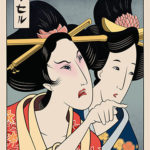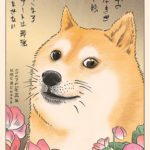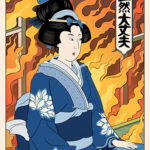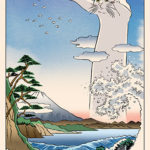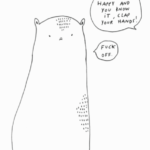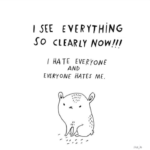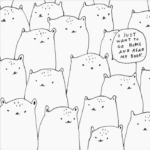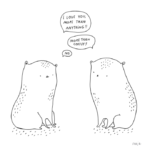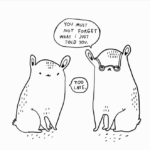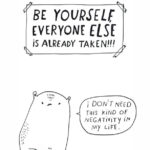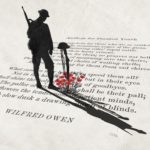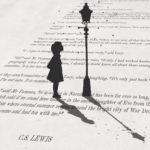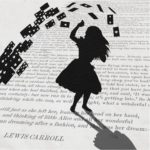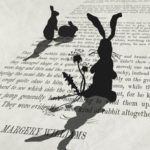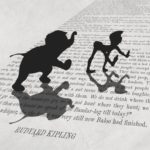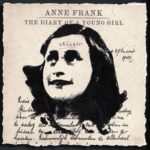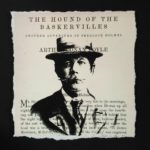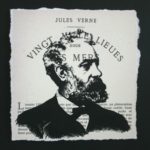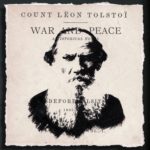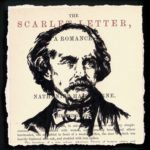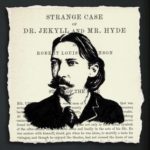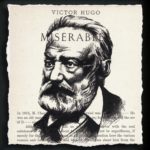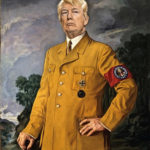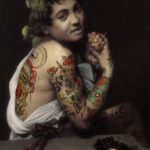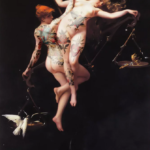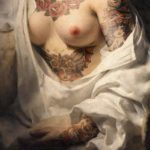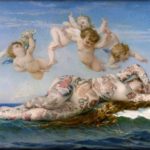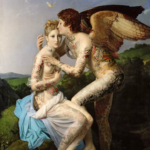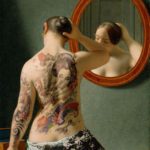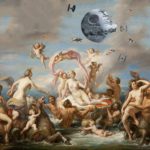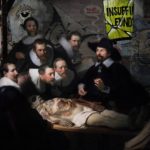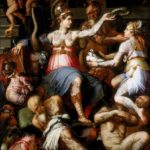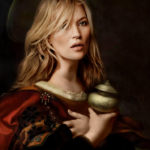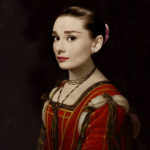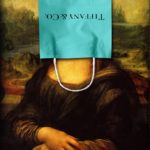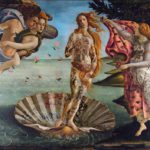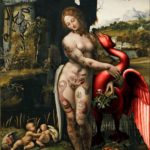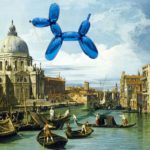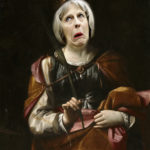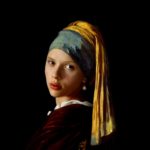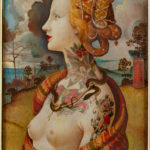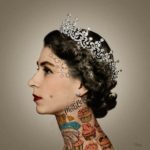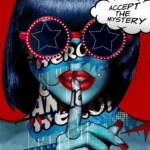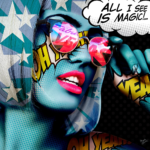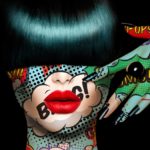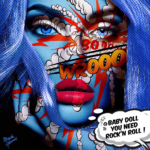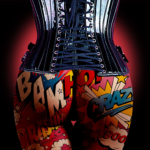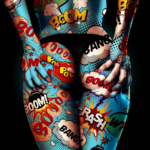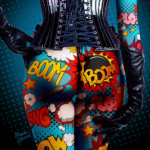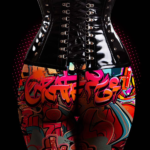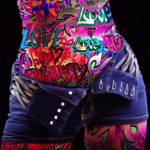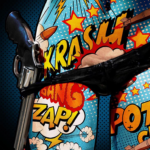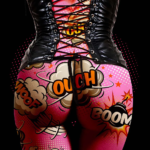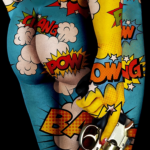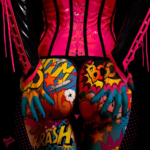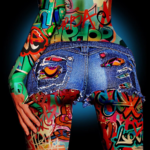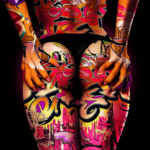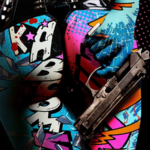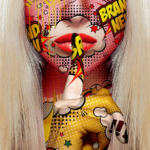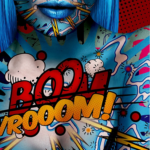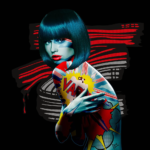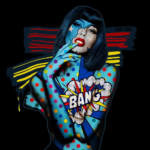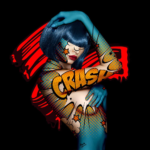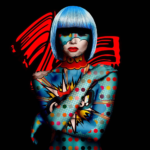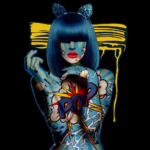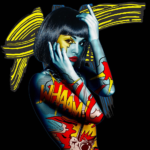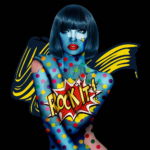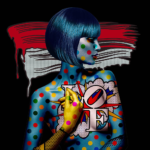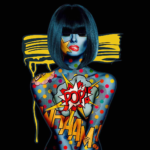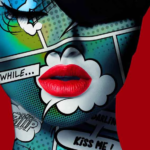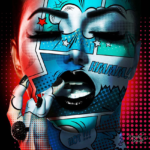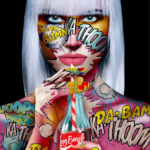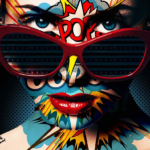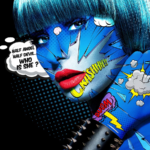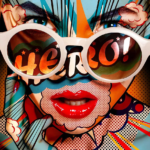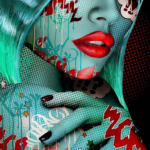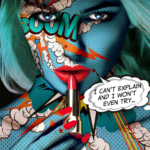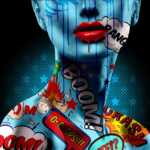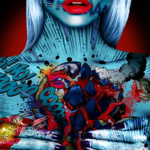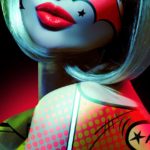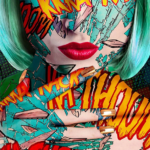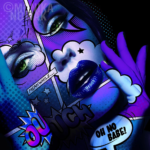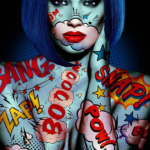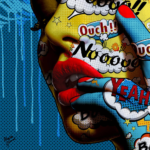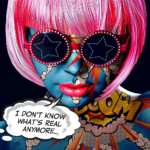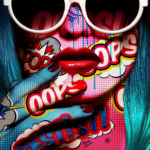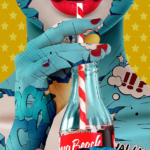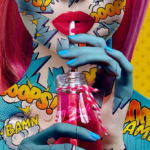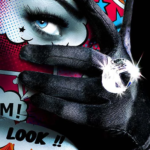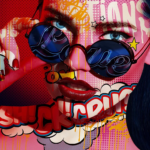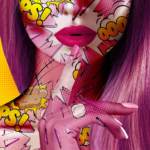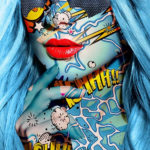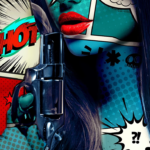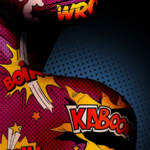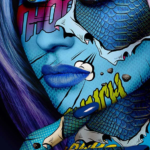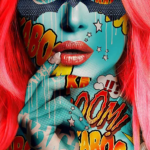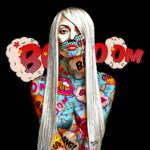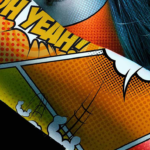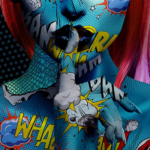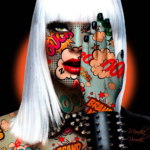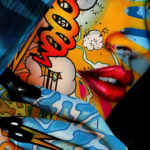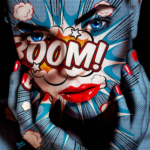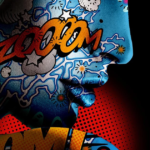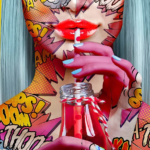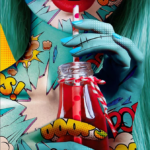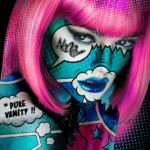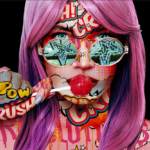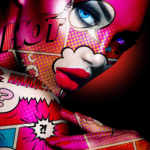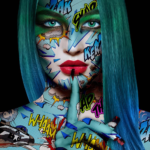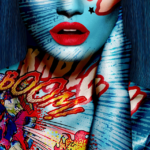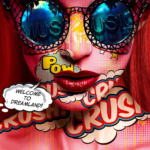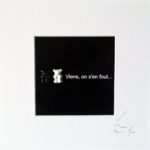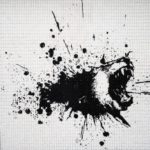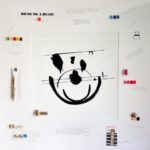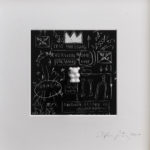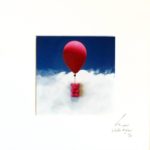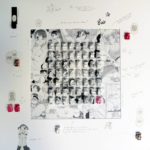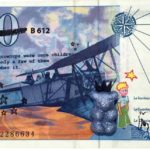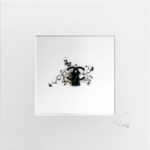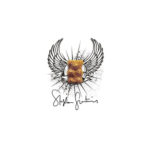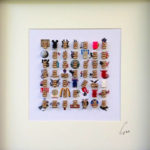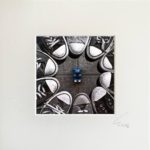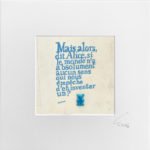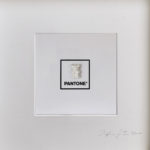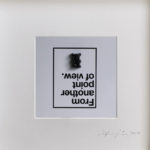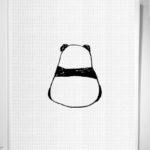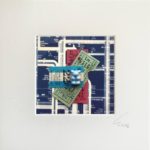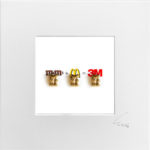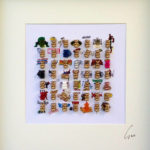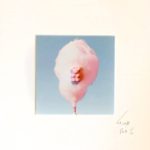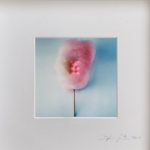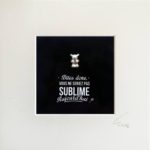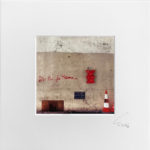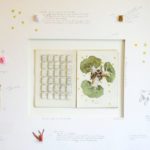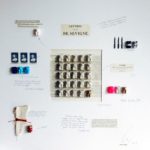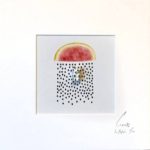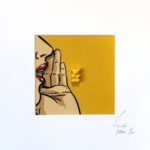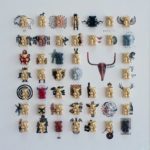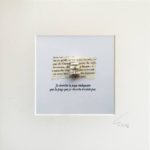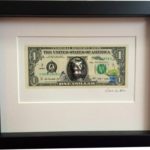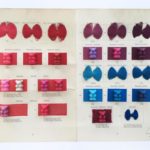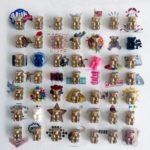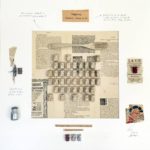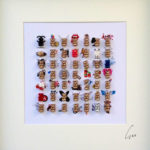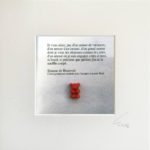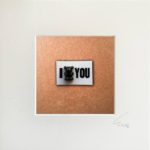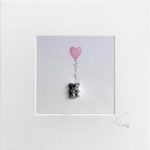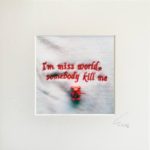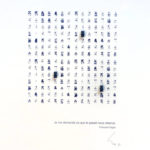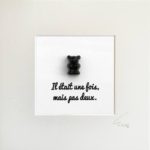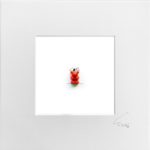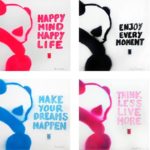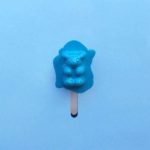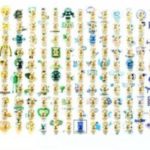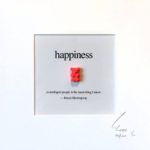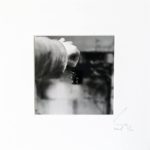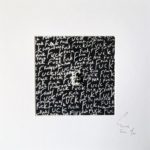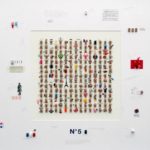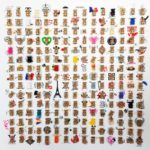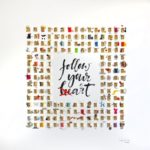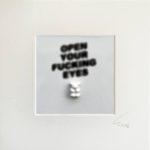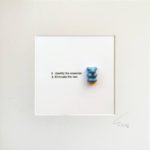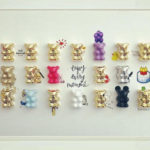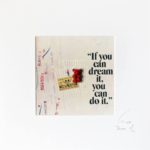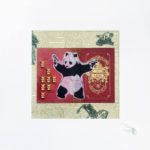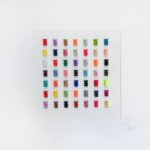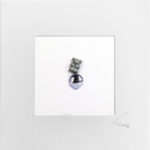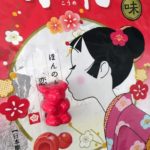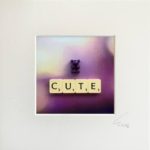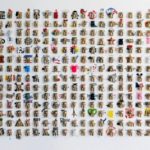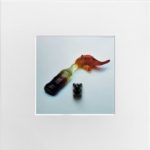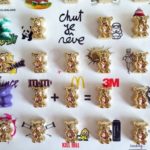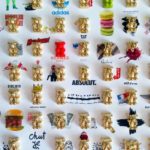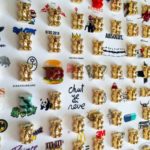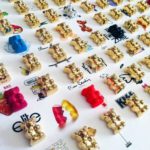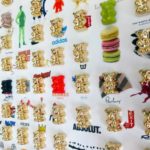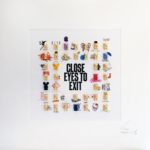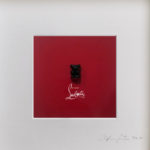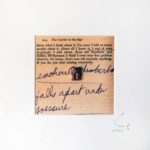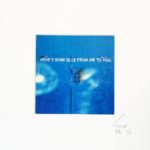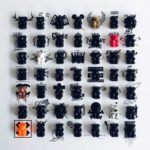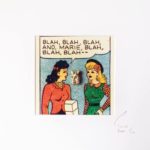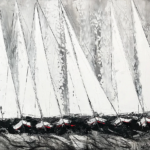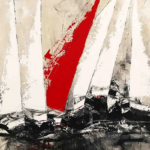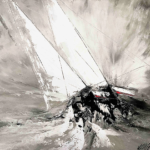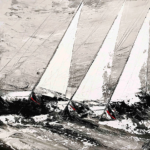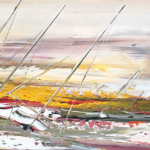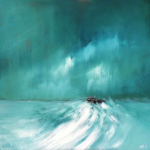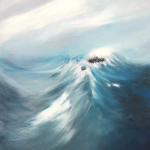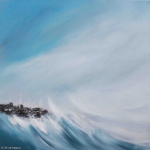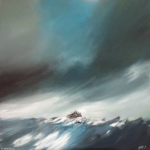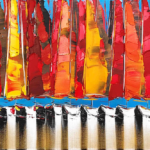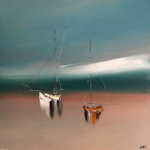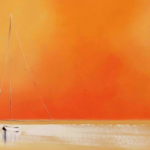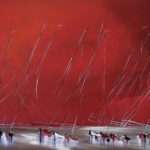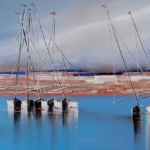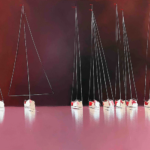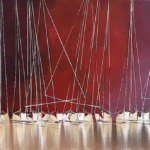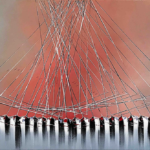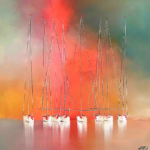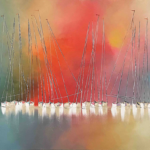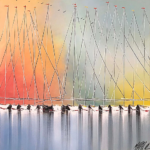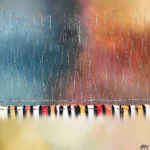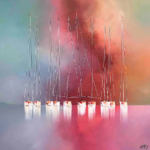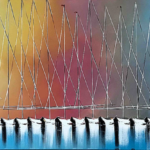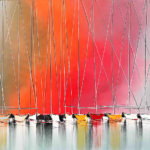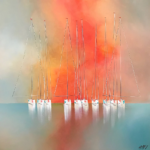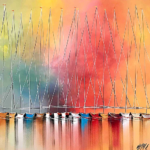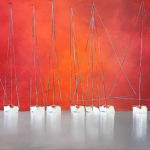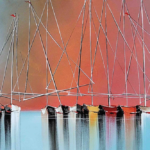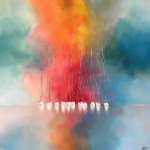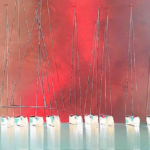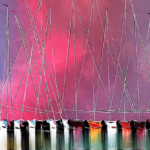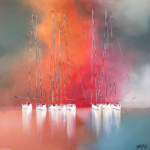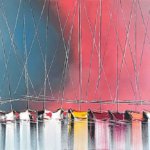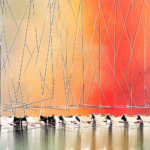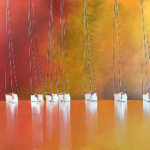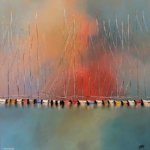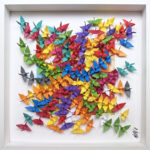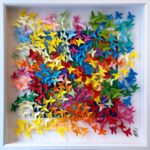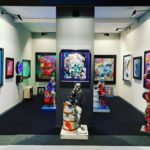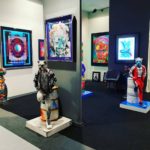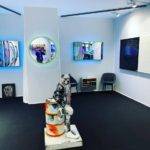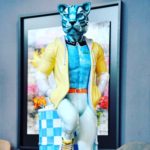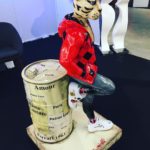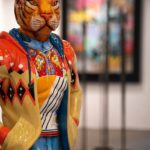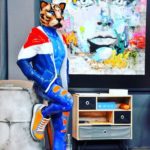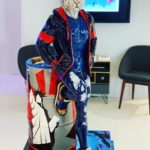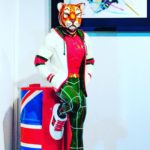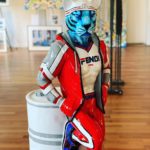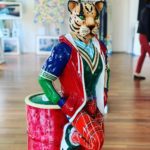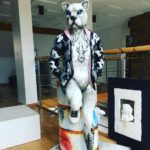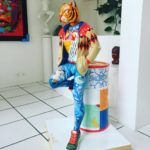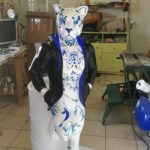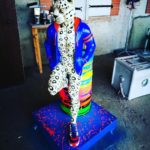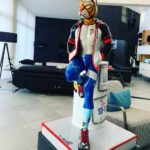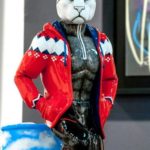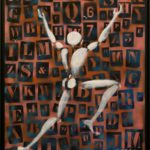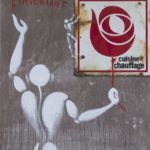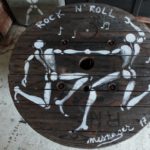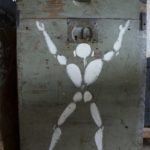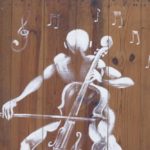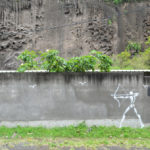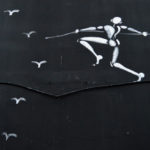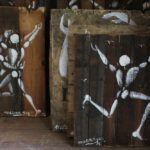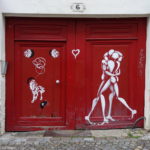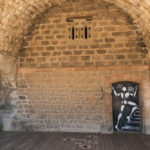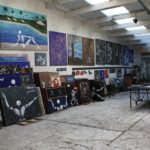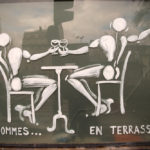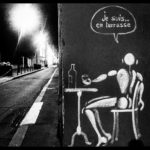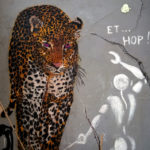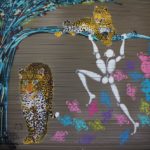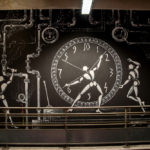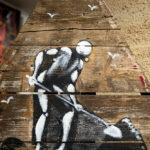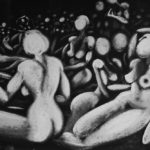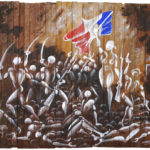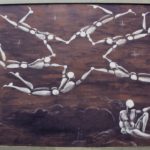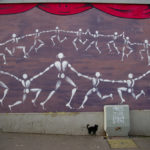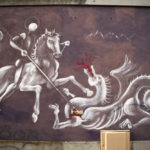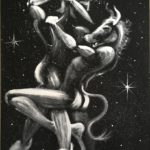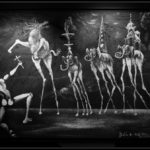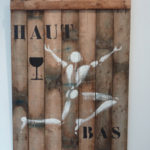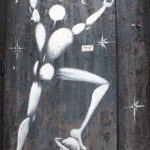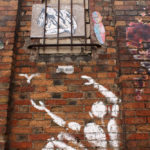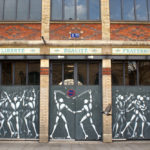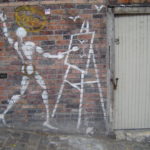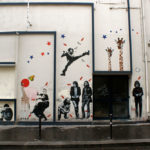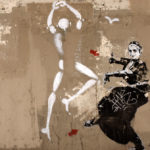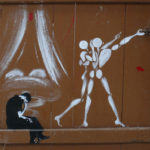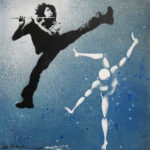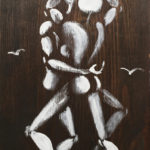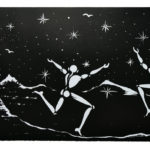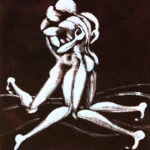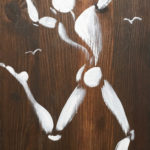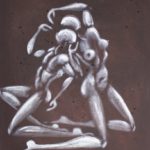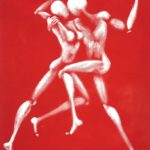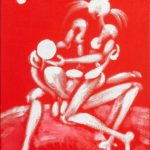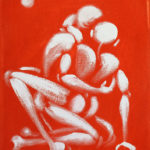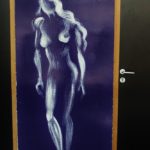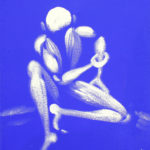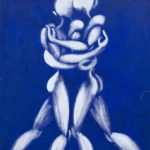Ukiyo Memes illustrates popular memes in the style of classic Japanese woodblock prints. Called “Memes of the Floating World”, they reimagine pop culture in Ukiyo-e style.
Tag: galleries
#RejectedCareBears
[gallery]Maja SÄFSTRÖM
Stockholm based illustrator and author – https://majasbokshop.com/
[gallery] Peter Walters
“Between the pages of a book is a lovely place to be”… and for artist Peter it is so much more.
Binding his creative talent and love of literature, Peter has established a literary inspired portfolio shared with book lovers and art fans across the globe.
With a background in portraiture, Peter spent his formative years in America and The Netherlands, before a return to the UK coincided with a transition to digital art. This merging of traditional illustration with digital art has seen Peter hone a style whose mix of textures adds an eye-catching dimension to his vibrant collages.
Through his work as an illustrator and children’s author, Peter is continuously reminded of the lasting impression works of literature can have on people of all ages.
[gallery] Slasky
In defending the significance of digital art, Slasky has become one of the most influential artists in this genre. Extremely reserved, he works from Rome, Italy, where he creates most of his pieces. His work is a fusion of urban influences and contemporary pop art, in which he represents the icons of this century and those that make up significant moments in history.
His portfolio of works includes a wide range of contemporary styles: graffiti, street art, pop, contemporary digital art and mixed media collages. Working on some of the world’s most recognisable images gives his pieces an instant sense of familiarity, but because they are presented with an explosion of colour and life they gain a unique richness and modernity. By merging classic art works with contemporary digital art techniques, Slasky transports the art into our present time. By placing the original artwork’s protagonists into contemporary social and artistic environments, he created a number of pieces that send new messages and require a level of collaboration from the viewer in order to be understood.
His reinterpretations of classic art, as well as modern photography, are collected all over the world.
[gallery] Monika Nowak
Monika Nowak was born at Clermont-Ferrand (in the center of France) from a family of Polish artists. She lives and works in Paris.
After graduating from the prestigious Universities of Beaux-Arts and the Ecole Supérieur des Arts et des Industries Graphiques in Paris, she worked as a Creative Director for several global media groups.
Monika Nowak’s work explores her intuition: energetic, independent and proactive. Through her sexy-pop heroines, she expresses a certain vision of today’s woman, strong but fragile. During her artistic career she developed a vision of epic universes where the marvelous coexists with the barbarous, the poetic provokes the aesthetic, and the melancholic alternates with the euphoric.
Her fragile heroines are paradoxical, contradictory, excessive, but also dreamy, soft, wild, poetic and provocative. Her mother, an actress in a theatre group in Krakow, was the prime model for her gallery of female models, as well as female heroes from Hitchcock movies, rock music, fashion or science fiction literature.
[gallery] Stephane Gautier
Stéphane Gautier is one of those “extraordinary” creators that one comes across off the beaten track of contemporary art, yet who uses a language that is unusual and direct. His work is located on the fine line between design and art, and surprises us with its relevance and visual effectiveness. Beyond its forceful nature, however, Stéphane Gautier’s world opens up spaces for reflection that hold a mirror up to our childhood, with its memories and its universal dimension.
A designer and graphic artist, both by training and trade, Stéphane Gautier designs interiors that have a strong personality; original concepts that are born of his ideas and intuitions. From this practice, which has earned him recognition in the design world, he draws on a unique talent for deciphering symbols and images in his art, and for transforming them into a universal alphabet that everyone can perceive, in a direct and immediate link to the work.
Stéphane Gautier created his first picture at the age of 13, deciding to stick and paint his toys on a canvas. This first provocative gesture and artistic genesis, which, rediscovered years later, arouses emotion and recognition in all those who see the emotional objects that marked their past. There is no point in searching further for the reason behind the attachment that everyone brings to these works: they touch instinctively.
His creations are undoubtedly jubilant and display his expertise as much as his enthusiasm, moving from one medium to another, using all the possibilities of ready-made art to turn them into pictures, sculptures, surrealist or valuable objects… Everything, or almost everything, is shown here.
Understanding only comes as a second phase, however: the art of Stéphane Gautier is permanently shifting. By moving an object from one context to another, re-injecting the stereotypical symbols of childhood into an adult setting, he turns away from all traditional codes of art only to reappropriate them. And it is by way of this ironic distance that this intuitive creator invites us to a deeper consideration of the means of representation, of the effectiveness of advertising and propaganda, and finally of the sacralisation and misappropriation of childhood nostalgia.
[gallery] Olivier Messas
Olivier Messas was born on the 22nd of January 1977, in Hô-Chi-Minh-City, Vietnam. At the age of two, he left for France with his family. They arrived in Marseilles and then moved to Lyon where the young boy spend his childhood and teenage years.His father was a house painter, this was a source of dreams for the small boy who believed his father to be… an artist! This was probably a sign of fate. As it is for most Asian families, the most important was to blend in easily and successfully, without any fuss, in a new land of which they did not speak the language or know the cultural codes. Luckily they quickly found friends and were helped in this transition. Olivier’s’ family then gave all they could to their children and allowed them the opportunity to fulfill their destiny. Olivier’s vision of life is strongly fueled and linked to his family values: a mixed culture, self-will, an opened mind, self respect and of the others, solidarity, spirituality but also to his cultural roots: Buddhism and French culture make a mixed family, thanks to his French grand parents from the region of the Vosges to whom Olivier will always be strongly linked.
He studied to be an accountant. However, he saw that his studies were not what he wished to do: he aspired to something else, something which he had carried with him for a long time. It was time for him to “become what one is” to quote Nietzsche. He left the comfort of his family home and began a second life. His character grew and his personality showed its’ true colours, more outlandish, more dashing. He studied anew in the universe of fashion and creation. He lived three years of daring activity and creativity from which his artistic personality came to grow. He moved to Paris and quickly found himself in the fashion “milieu”, a job which he loved and where he could bring the richness of his origins but also his dreams of colours, of shapes, of patterns. It was during many trips and journeys thanks to many encounters with much varied personalities and culture, that he found a new equilibrium between a certain spirituality and true pragmatism.
As time went by, he deepened his taste in painting and defined his style: bright colours, an inspiration derived from nature, strong straight lines on large canvases.
Olivier Messas is living between France and Germany. His artwork is exhibited in various galleries in Europe.
Update: Added origami projects
[gallery] Kristol
Kristol is an artist born in 1988. Born in Le Mans in Sarthe, he has for 10 years represented a very large number of artists, before embarking on his own adventure. Self-taught, he has learned a lot from the best contemporary sculptors. « I have been lucky enough to work for so many years with renowned sculptors. Today I want to share with others. In my mind, I have a lot of joy, color, and positivity »
After intense work, he released his sculpture PASCHAT. A completely imagined character who humanizes a tiger. « After all, who is the most human of us ? »
PASCHAT has a lot of panache. « He likes street, street art, fashion, travel, comics. You will love him as I love him. He is my alter ego »
Her works are now exhibited in many contemporary art exhibitions across France, Belgium, Switzerland, Luxembourg, Canada. It is also followed by a large number of collectors.
[gallery] Jerome Mesnager
Jérôme Mesnager was born on January 29, 1961 in Colmar. He entered the Boulle School in 1974 where he received training as a cabinetmaker, which he later taught at that school. In 1979, he took classes with Yves Got and Georges Pichard, teachers at the School of Applied Arts.
In 1982, Jérôme Mesnager is the co-founder of Zig-Zag, a group of young artists who invest in “zig-zag the jungle of cities” and revitalize abandoned places with a lot of graffiti. Jerome wanders in these spaces and, January 16, 1983, paints on the wall of the Little Belt his first white man, “symbol of light, strength and peace”. From now on, the white body appears throughout Paris, exploring factories and abandoned stations without forgetting cellars and catacombs … before going to conquer the whole world: Italy, Senegal, Gambia, Mauritania, United States, Egypt, Japan, China, Russia… Today, the White Body is over twenty-five years old and several works already celebrate it.
In 1990, the artist left his parent’s house and moved to Paris. He showed works drawn on wooden fences at the Loft gallery, and published a catalog of these works. In 1995, he produced a large mural painting in the Ménilmontant street in Paris, “C’est nous les gars de Ménilmontant”.
Jerôme Mesnager is often associated with Nemo, a character with a black silhouette wearing a raincoat and a hat. He was part of the Paris street art scene, with artists such as Blek le rat, Miss Tic, Jef Aérosol, Némo, etc. and of the Free Figuration movement in the early 80s. In 2006, he produced a series of paintings inspired by art nouveau and art deco. The same year, he drew his white characters in the Hôtel des Academies et des Arts in Paris.

